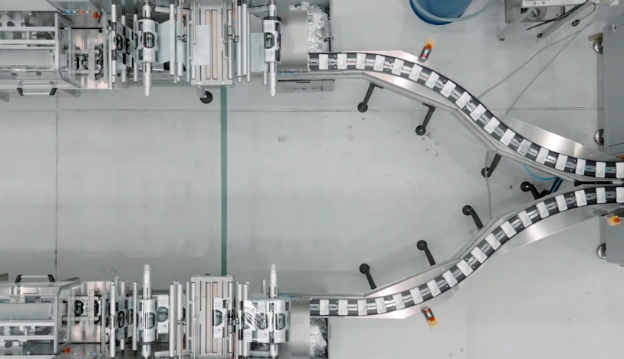Packaging plays a crucial role in the success of a product, as it not only protects the item but also conveys important information to consumers. In recent years, there have been significant advancements in machine design that are revolutionizing the packaging industry. Here are some of the latest trends in machine design:
1. Automation and Robotics:
Automation has become increasingly prevalent in packaging, streamlining the process and increasing efficiency. Robotics are being used to pack products quickly and accurately, reducing the need for manual labor.
2. Sustainable Packaging:
With consumers becoming more environmentally conscious, there is a growing demand for sustainable packaging solutions. Machine design is now focused on creating packaging that is recyclable, biodegradable, and made from renewable materials.
3. Smart Packaging:
Smart packaging incorporates technology such as RFID tags and sensors to monitor the condition of the product during transportation and storage. Machine design is incorporating these technologies to create packaging that provides real-time data to manufacturers and consumers.
4. Customization:
Personalization is a growing trend in packaging, with consumers wanting products that are tailored to their specific needs. Machine design is now able to create custom packaging solutions quickly and efficiently, allowing companies to offer unique packaging options for their products.
5. Shelf-Ready Packaging:
Shelf-ready packaging is becoming increasingly popular in retail environments, as it allows products to be displayed on store shelves without the need for unpacking. Machine design is focusing on creating packaging that is easy to display and can be quickly restocked.
Overall, the latest trends in machine design are revolutionizing the packaging industry by increasing efficiency, sustainability, and customization. Companies that embrace these trends will be able to stay ahead of the competition and meet the evolving needs of consumers.

